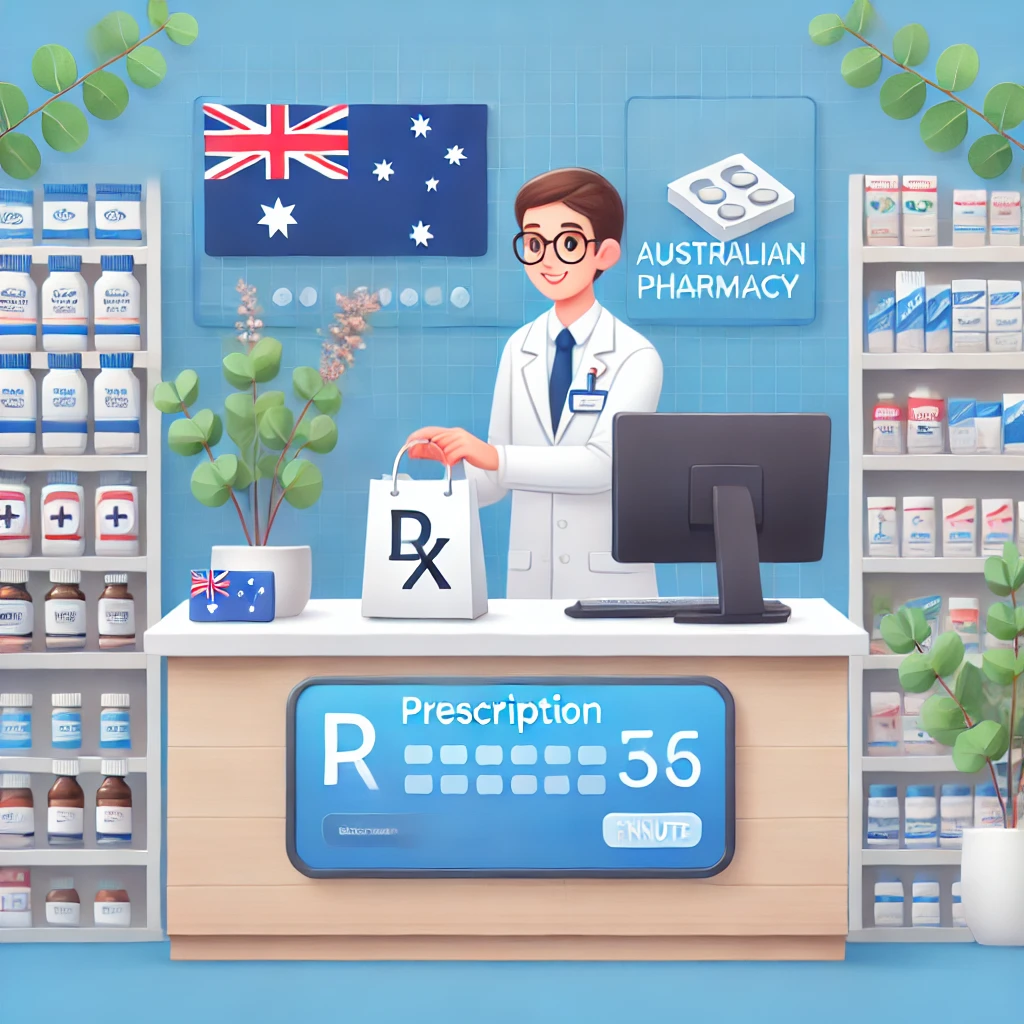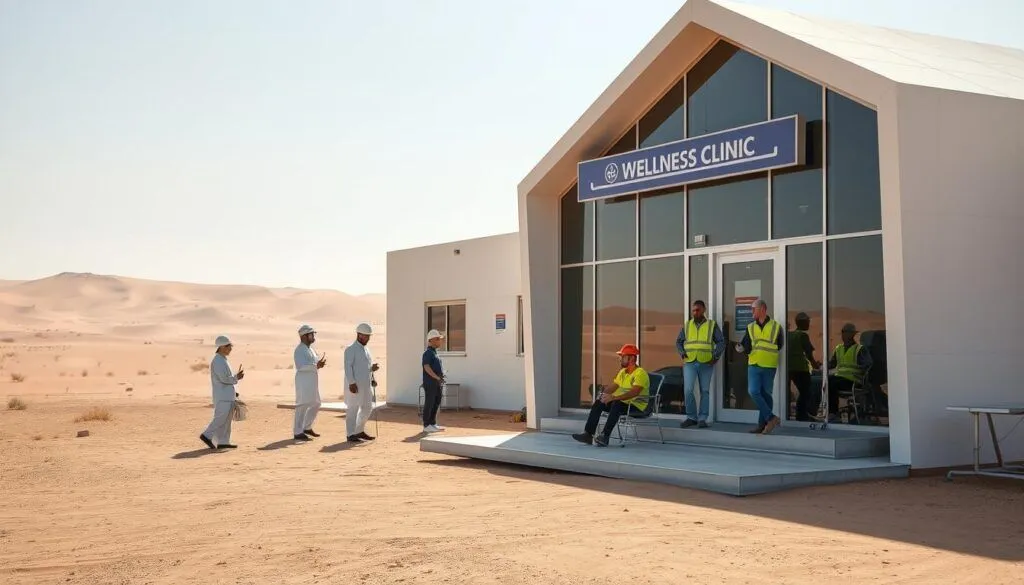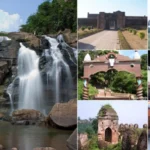Desert areas cover vast lands. Many people live far from cities. They face big health challenges. Wellness means good health for all. But in remote spots, care is hard to get. This post looks at ways to bring medical help closer. We talk about problems and fixes. Think of sandy dunes and scattered homes. How do we make health easy there? Let’s find out.
Table of Contents
The Tough Side of Desert Living
Deserts are beautiful but harsh. Heat beats down all day. Water is scarce. Roads are few or none. Communities spread out. Some move with animals like nomads. This makes doctor visits tough.
People wait long for help. A simple check-up means hours of travel. Emergencies turn bad fast. Kids and elders suffer most. Illnesses like diabetes or infections spread unchecked. No nearby clinics mean missed shots or tests.
In places like the Sahara or Middle East deserts, risks rise. Dust storms block paths. High temps cause heat stroke. Armed threats add danger in some spots. Poverty limits transport. Many skip care until too late. This hurts whole groups. Life spans drop. Families worry constant.
Studies show rural deserts lack doctors. One in five people lives remote. But pros prefer cities. This gap grows wide. We need smart ways to close it.
Mobile Clinics: Care on Wheels
One top fix is mobile units. These are vans or trucks with medical gear. They drive to far spots. Docs and nurses ride along. They set up temp clinics in tents or villages.
How it works: Teams plan routes based on needs. Local guides help navigate sand. They know hidden paths. Units carry meds, tools for checks, and vaccines. Visits last days. People get free or cheap care.
Benefits shine clear:
- Fast help for common ills like fevers or wounds.
- Screenings catch problems early.
- Education on clean water or food safety.
- Links to big hospitals if needed.
In Mali’s Sahara, groups use guides from nomad families. They track moving groups. Each trip helps hundreds. Kids get shots. Moms get birth aid. This saves lives simple.
Other spots use boats in wet deserts. But wheels rule dry lands. Costs stay low with donor help. Communities feel seen. Trust builds over time.
Tech Tools: Health from Afar
Tech changes the game. No need to travel far. Devices bring care home. Telemedicine lets video talks with docs. Phones or tablets connect easy.
Wearables track hearts or sugar levels. Apps send data real-time. AI spots odd signs. Drones drop meds quick. This fits deserts well. Signals reach even remote dunes now.
For example, smart records share history fast. No lost papers. Payments go mobile. No cash needed. This cuts money worries.
In rural US, telehealth fills gaps. Patients chat from home. Schools get virtual docs. Kids miss less class. Same idea works in deserts. Less drive time means more care time.
Look at home healthcare in saudi arabia. It grows fast. Pros visit homes with tech. They check elders or sick ones. No city trips. This ties to wellness goals.
Community Power: Local Heroes Lead
Locals know best. Train them as helpers. They speak the tongue. Know customs. This makes care fit right.
Programs teach first aid. Or how to spot sick signs. Women learn baby care. Men handle injuries. Supplies like kits go out. For blood pressure or sugar tests.
In Israel’s deserts, groups send volunteer docs to Bedouin spots. They bring devices. Families test at home. This empowers people. Less fear of outsiders.
Partnerships help too. Governments fund training. Groups donate gear. Schools add health classes. Over time, communities handle more on their own.
Key steps:
- Pick keen locals for roles.
- Give short courses on basics.
- Supply simple tools like bandages.
- Link to pros for hard cases.
This builds strong bonds. Health improves step by step.
Home Care: Wellness at Your Door
Home services stand out. They bring docs to doors. No clinic waits. This suits deserts perfect. Roads may be bad. But a visit fixes that.
A good home healthcare service offers checks, therapy, or daily aid. Nurses come with bags of tools. They help with meds or wounds. For long ills like heart woes.
In hot lands, this cuts heat risks. Patients stay cool inside. Families join in. Learn to help. Costs often less than hospitals. Insurance covers more now.
Saudi plans push this. Vision goals aim for all to get care. Home teams grow. They use apps to track progress. Patients feel safe. Recovery speeds up.
Green Ways: Sustainable Health in Deserts
Deserts need earth-friendly fixes. Solar power runs units. No fuel needs. Water savers in clinics. Recycle waste.
Green tech like solar fridges keep vaccines cold. Wind aids signals. This lasts long. Cuts costs too.
Communities plant trees for shade. Or learn rain catch. Health ties to land care. Clean air means less lung ills.
Future looks green. More solar clinics pop up. Drones run on sun. This keeps care going strong.
Hurdles and How to Jump Them
Problems linger. Funds run short. Tech fails in storms. Staff burns out from travel.
Fixes start with plans. Governments give grants. Train more pros. Use sturdy gear.
Partnerships mix groups. Share loads. Track wins to get more help.
Safety matters. Teams carry water and radios. Avoid bad weather. Locals warn of risks.
Step by step, hurdles shrink. Care reaches more.
A Brighter Path Ahead
Desert wellness grows real. Mobile units roll out. Tech connects far spots. Locals lead change. Home services comfort all.
Think of a family in dunes. A nurse arrives. Checks a child. Gives meds. Smiles spread. Health wins.
Join the move. Support groups. Learn skills. Share stories. Together, we bring care everywhere. No spot too remote.
Your thoughts? How can we help more? Let’s talk below.












